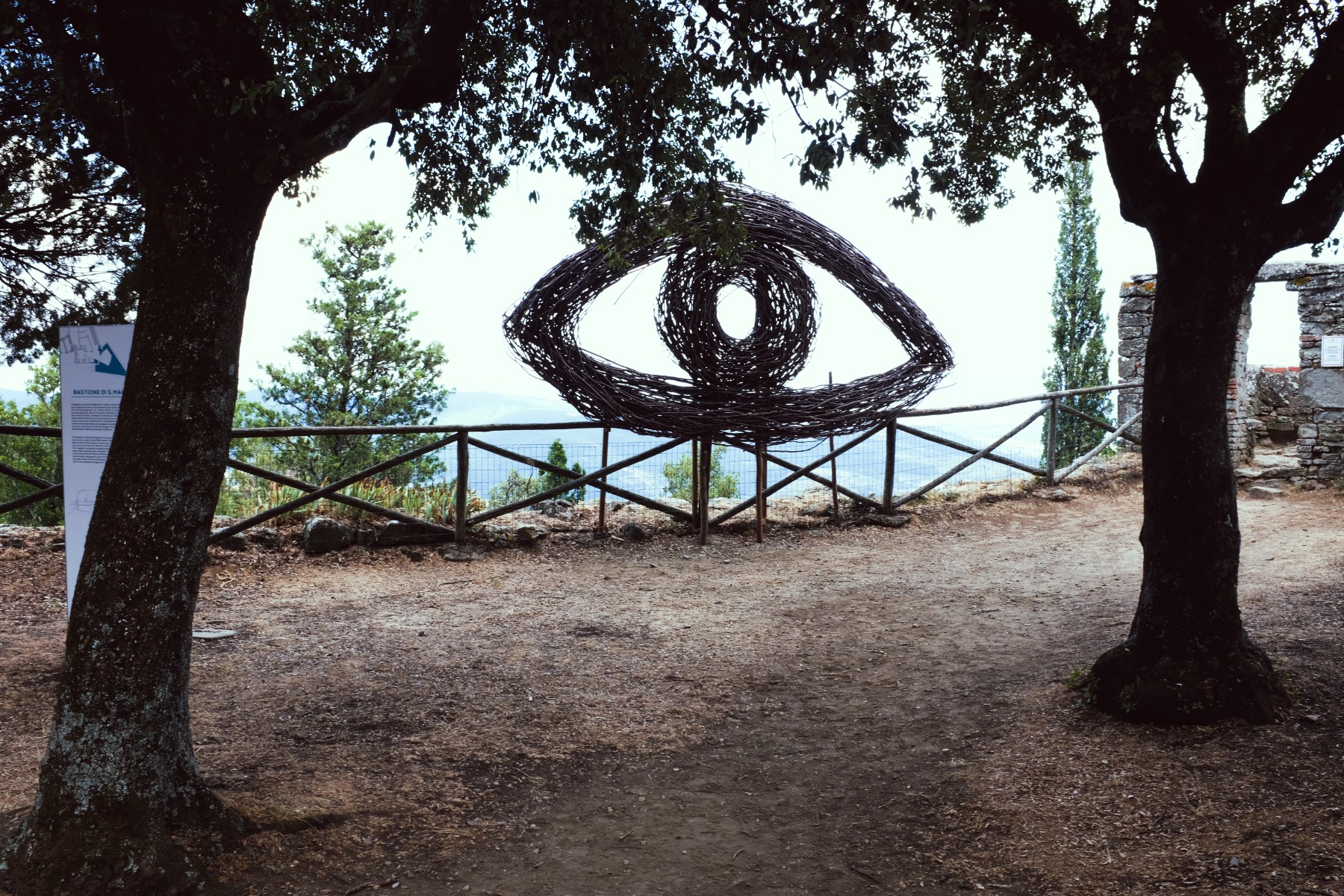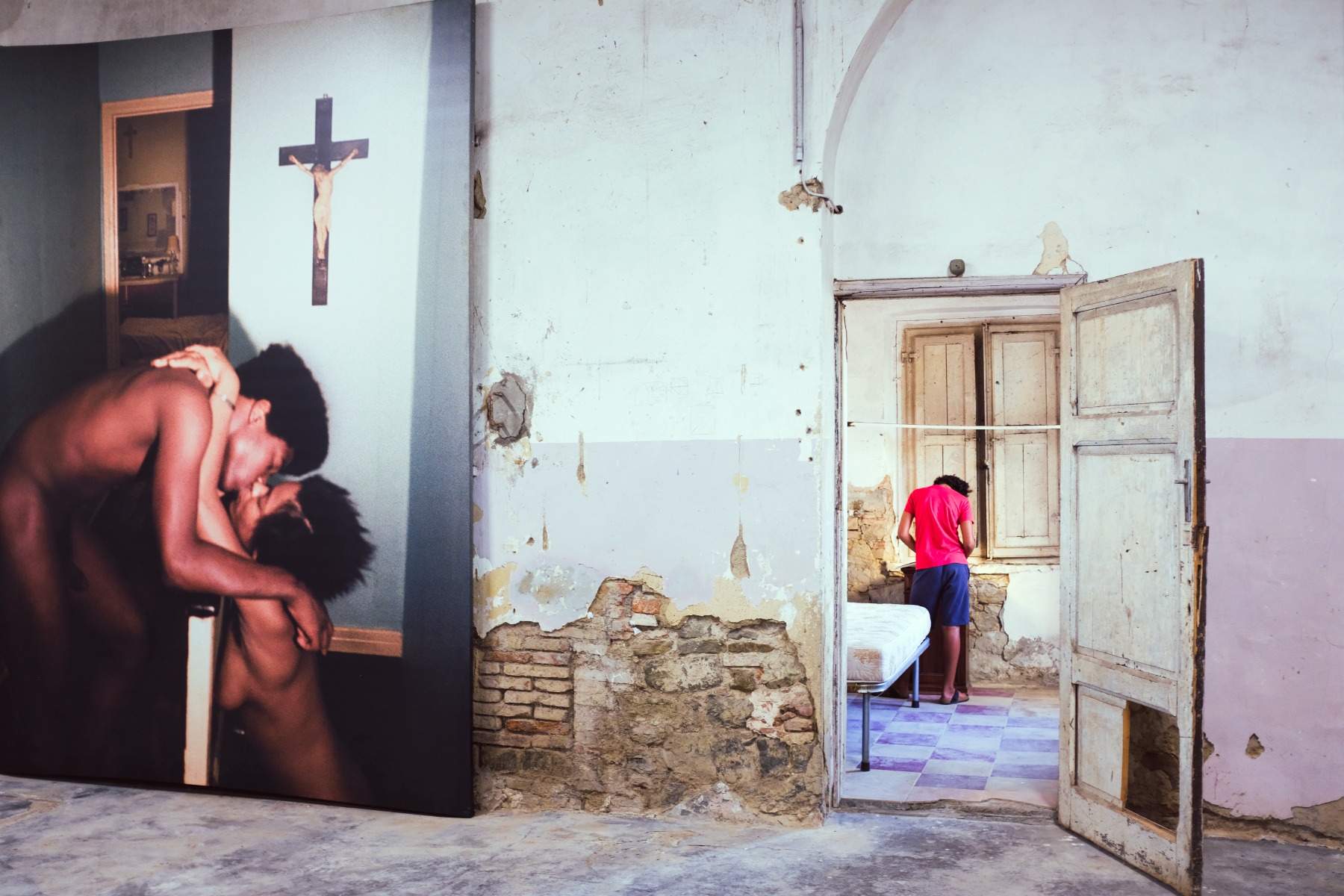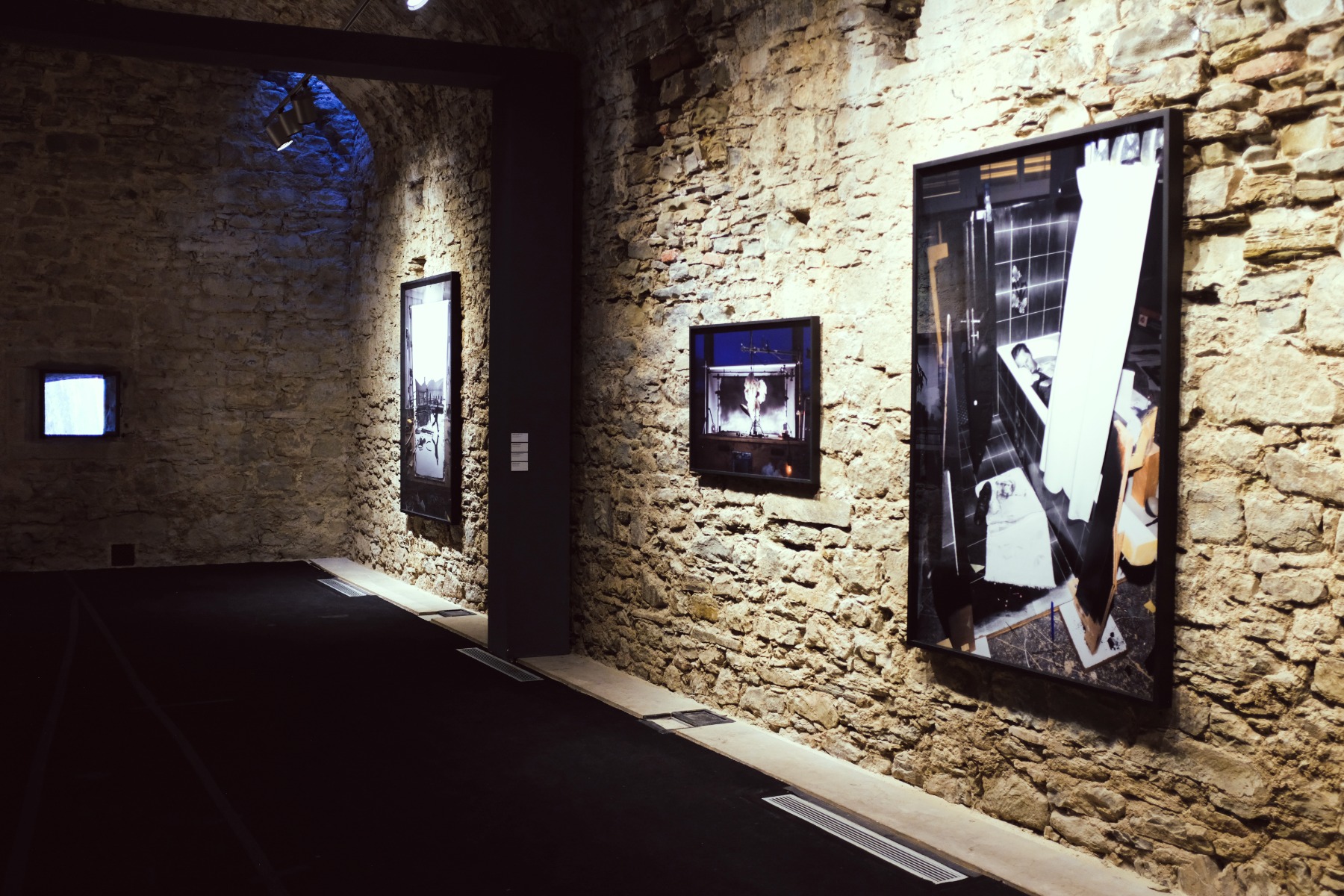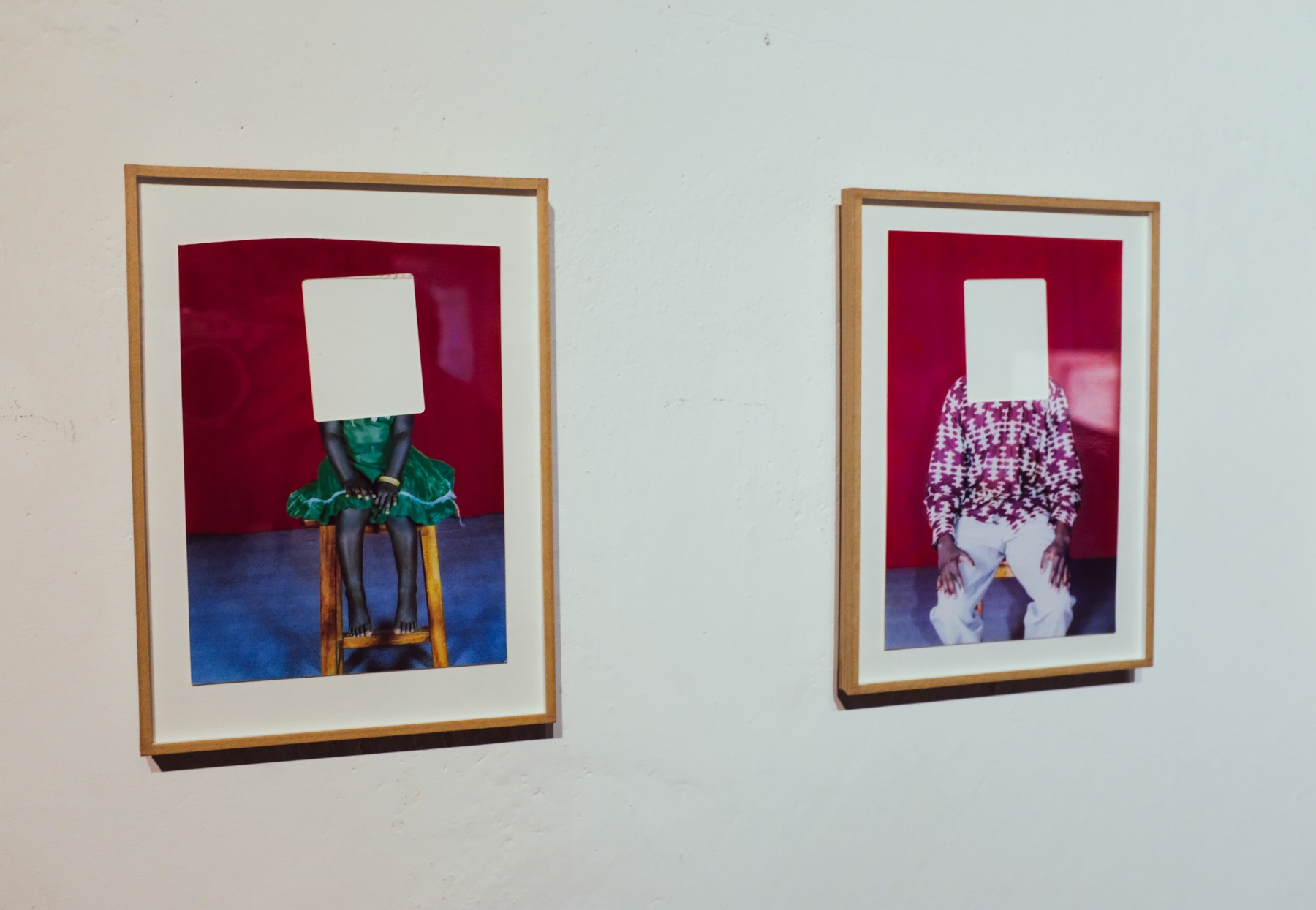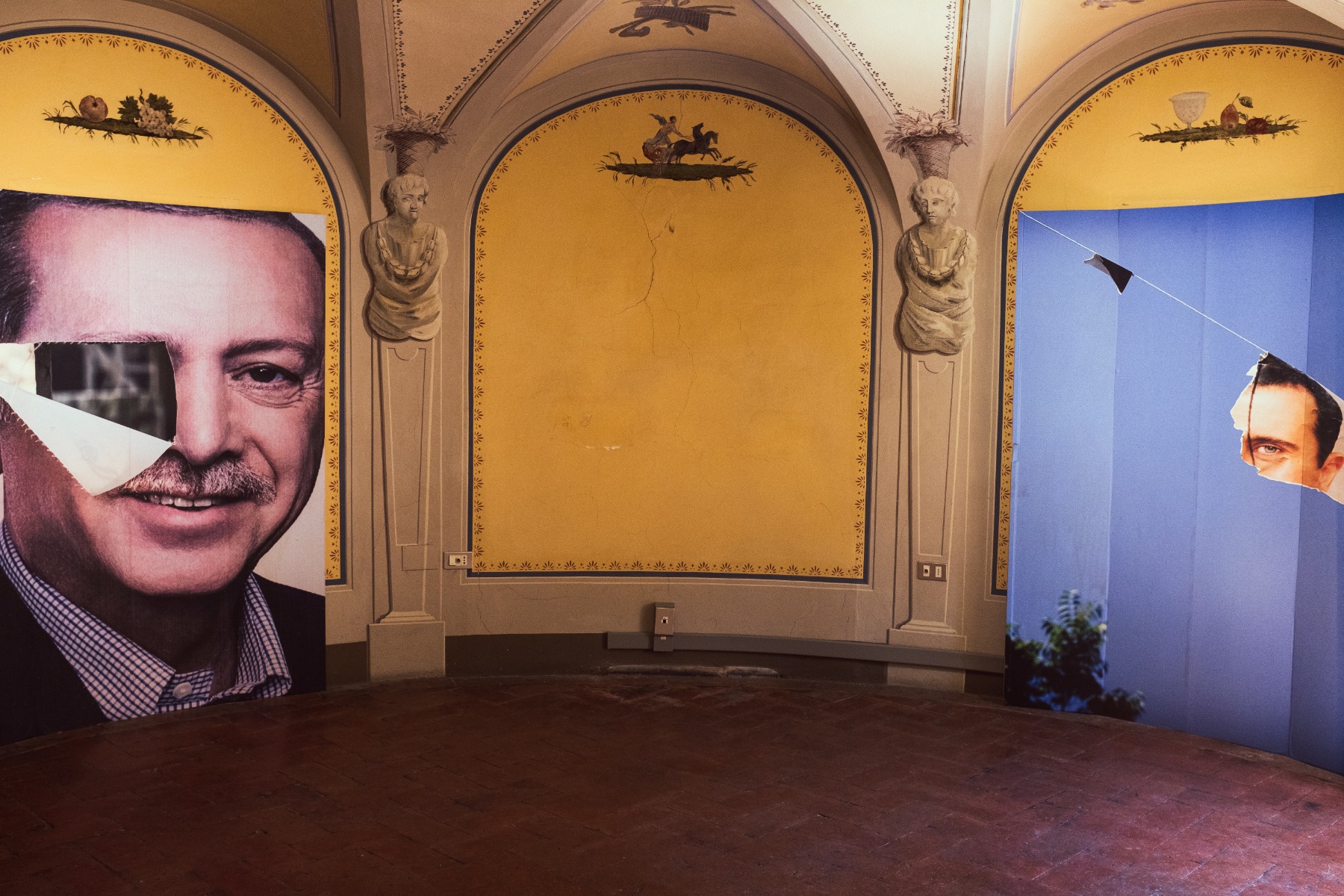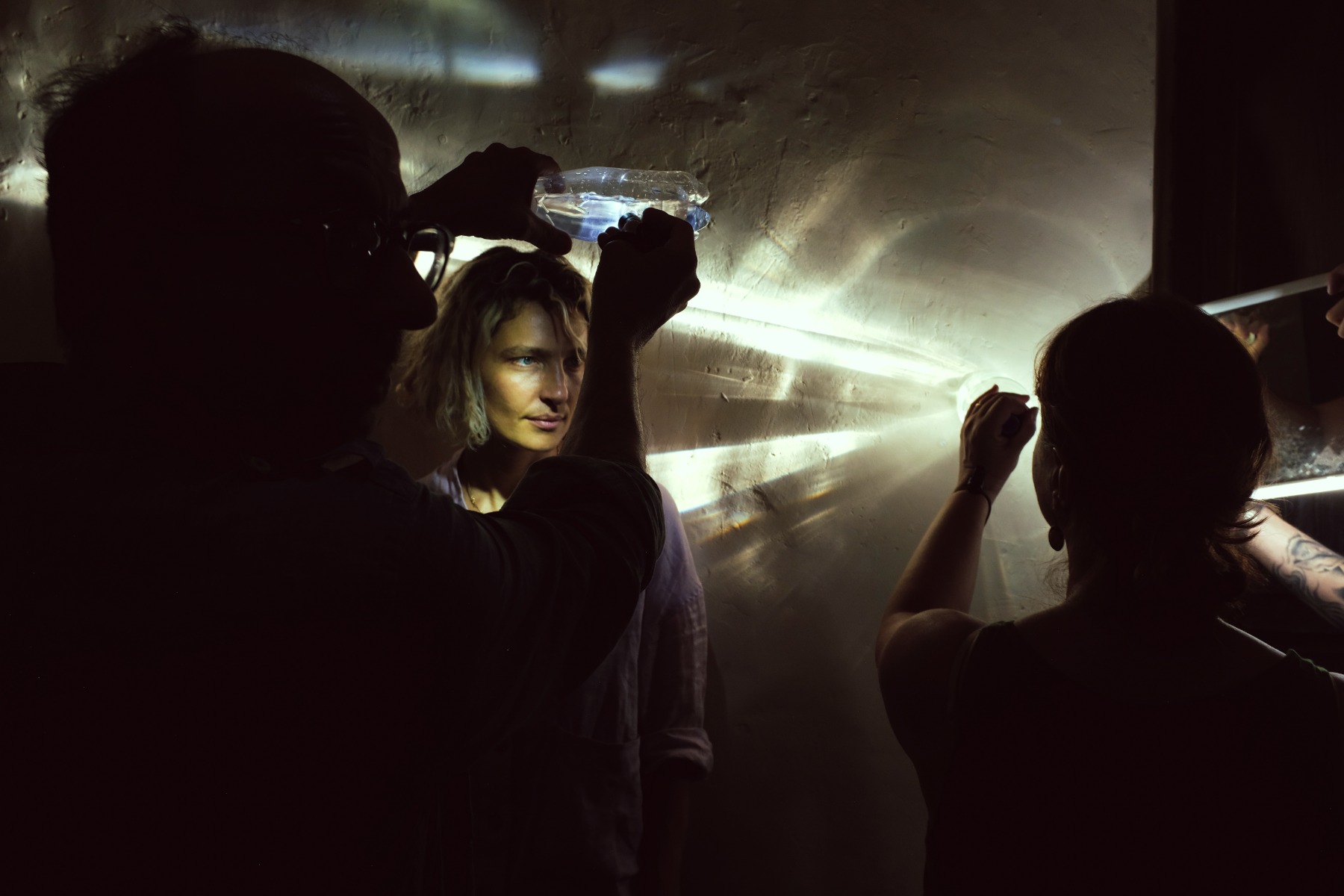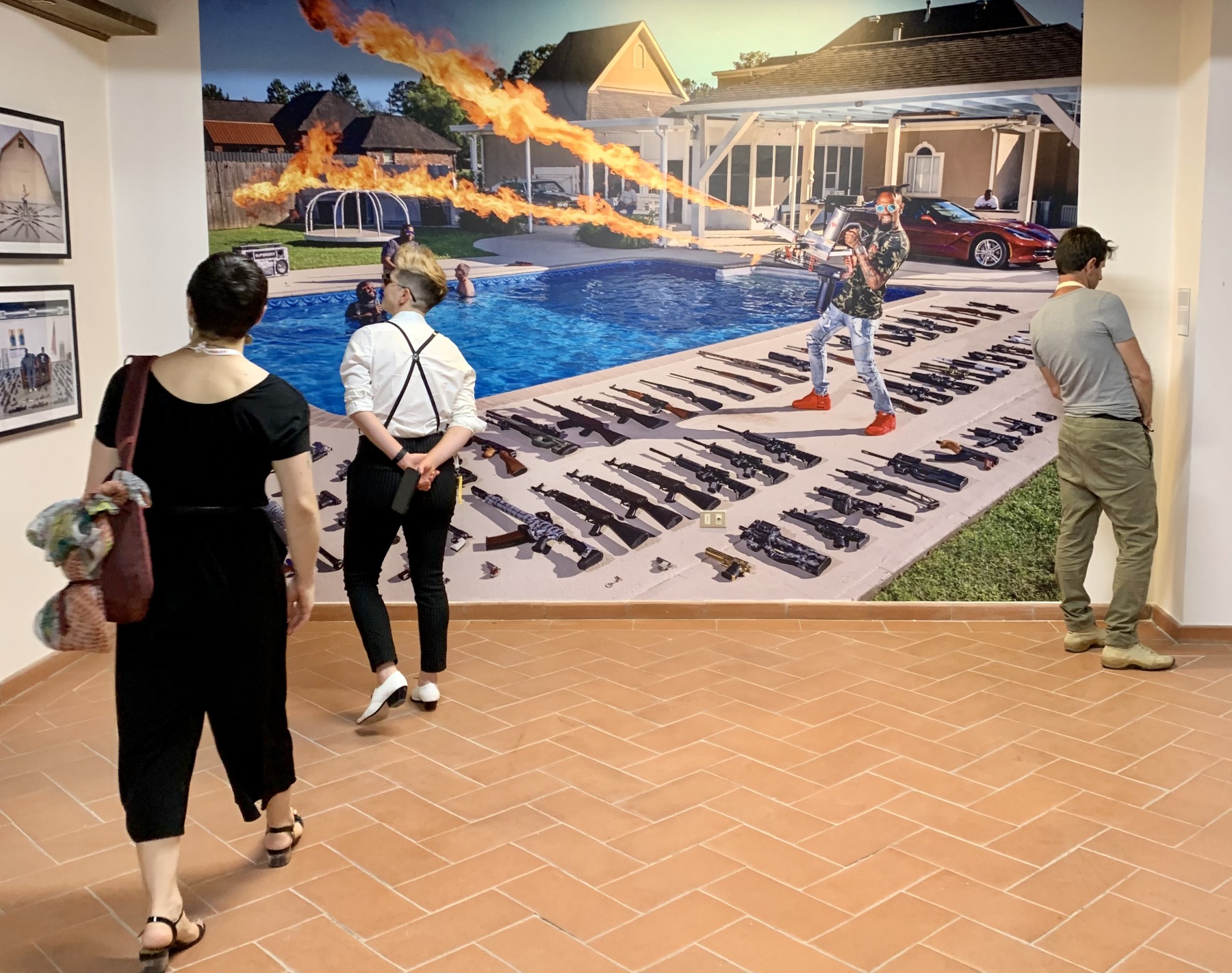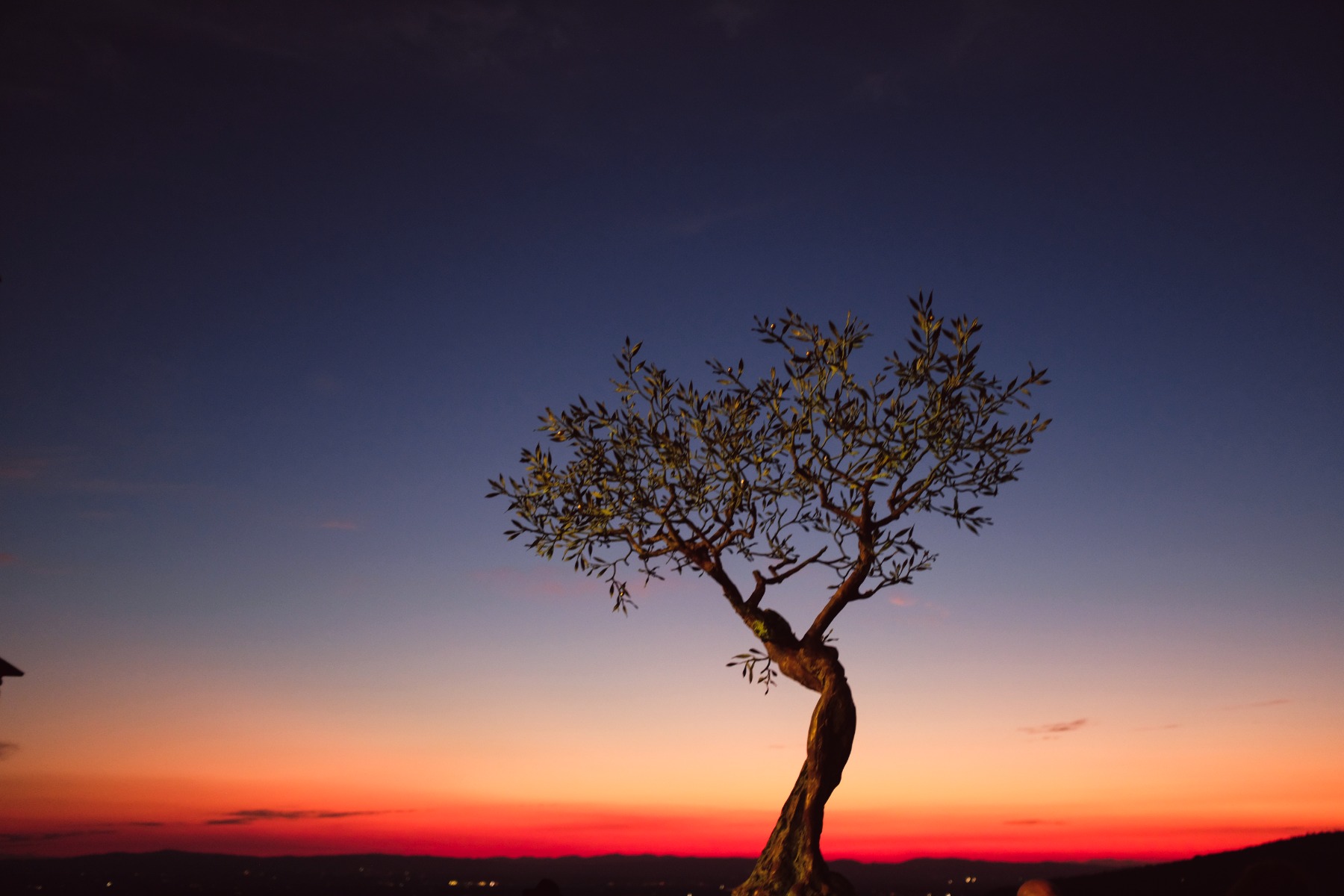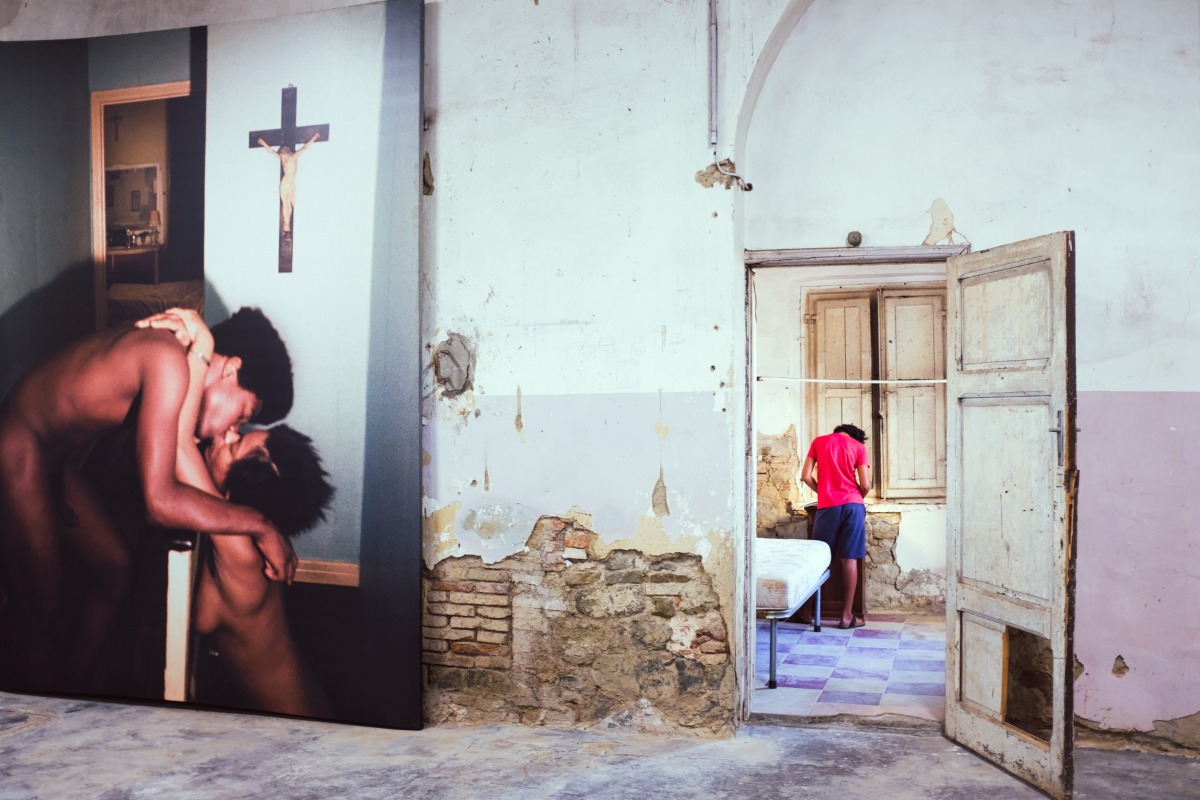
From Arles to Cortona…
Elena Givone
A photographer’s journey to the biggest photography festivals in southern Europe – the Rencontres d’Arles and Cortona On The Move
Would you like to spend the most amazing summer enjoying contemporary photography surrounded by the Provençal sound of cicadas and the beauty of Camargue, but you are also in love with the mediaeval villages of Tuscany, their amazing sunflower landscapes and incredible Italian food?
Go to both places!
If you are an art lover, the following article will explain everything you need to know to fully experience two of the biggest photography festivals in Southern Europe, Arles and Cortona, while also taking in the best of the surrounding sights and adventures.
Let’s start our journey!
The Rencontres d’Arles is our first destination: the city of Arles, of course, but also a whole region across which the wind of photography blows.
The 53rd Rencontres d’Arles contains 40 different exhibitions focusing on one of today’s most burning issues: violence. The festival features an exceptional exhibition of the work of Lee Miller, who accompanied American troops to the liberation of the Nazi death camps in 1945. Similarly, the Red Cross collection show features images of decades of humanitarian crises, all sourced from the International Red Cross archives. The exhibition demonstrates that while the world has never known peace, at the same time, women and men have always been working to achieve it.
Photography, photographers and artists who use the medium are there to remind us of what we wish to neither hear nor see. Yet, as philosopher Emanuele Coccia says, “It is to the visible, to images, that man turns for a radical testimony of his own being, his own nature.”
Photography captures our existence in all its aspects, but it has not always mirrored the incredible richness and diversity of the artists. A long process of recognizing women photographers has been underway for about 40 years. Continuing the festival’s commitment, this year many venues are hosting shows reflecting women’s influence and creativity, from historic figures to forgotten or poorly known artists as well today’s emerging young talents.
A Feminist Avant-garde, an exhibition at the Mécanique Générale of the VERBUND COLLECTION, which has never been seen before in France, features performative practices common worldwide. The outcome of 18 years of research, the show focuses on women who used photography as a major means of expression and emancipation to, as Lucy Lippard says, revolt “against the cult of male genius or the hegemony of painting for a radical reinvention of the image of women by women”. From Cindy Sherman and ORLAN to Helena Almeida and Martha Wilson, a whole generation of female photographers paved the way for consciousness and recognition. Dance and performance in 1970s New York meet in Église Sainte-Anne. Filmmaker-photographer Babette Mangolte documented the exciting venue where works by Trisha Brown, Richard Foreman, Lucinda Childs, Robert Wilson and Simone Forti, to name just a few, were performed. She developed a language based on the camera’s subjectivity, one in which the viewer plays a key role in the work and in the body’s relationship to space. Closer to us, another performance unfolds in front of Susan Meiselas’ camera: captured gestures of fragments of aging bodies meet the music of Marta Gentilucci. In this composition for four hands, energy and beauty transcend the passage of time.
The experimentation continues with Frida Orupabo’s strange, poetic repertoire of figures. Denouncing the brutality of how black bodies have been depicted throughout history, she deconstructs stereotypes by reappropriating images downloaded from the Internet and integrating them into her family archive. The young curators of Untitled Duo continue this critical perspective with If a Tree Falls in a Forest, which investigates the individual and collective memory of colonialism and the trauma of being othered. For the first time in France, the James Barnor exhibition at LUMA reveals a selection of iconic images and period documents. At the end of the colonial era, Barnor opened his first studio in his hometown of Accra before moving to London and then traveling back and forth between the two continents. The human is at the heart of the festival, but so is nature: it is impossible to imagine one without the other. Ritual Inhabitual sounds the alarm over the dizzying expansion of industrial forestry in Chile and the planting of geometrical forests to supply an increasingly greedy paper industry. Meanwhile, the Mapuche people are being pushed further and further away from their land, cutting them off from a culture so closely linked to nature. In the United States, Bruno Serralongue documents the Sioux people’s ongoing struggle to protect their ancestral lands from the expansion of the oil and gas industries.
Our reading of history continues with two exhibitions that strangely resonate in this terrible period during which war is raging on Europe’s doorstep. Gaëlle Morel offers a new look at the career of Lee Miller, a photographer who was more than just the muse she is often seen as. The show Lee Miller Professional Photographer (1932-1945) spans the years from Miller’s studio work and commissions to her wartime photography until the liberation of the German concentration camps. Coproduced with the International Red Cross Museum and the result of two years of research into the museum’s archives, the exhibition To Heal a World takes a critical look at 160 years of humanitarian photography.
This year, Mitch Epstein’s photography headlines the festival. His exhibition In India, 1978-1989 can be seen at Abbaye de Montmajour.
Photos by Elena Givone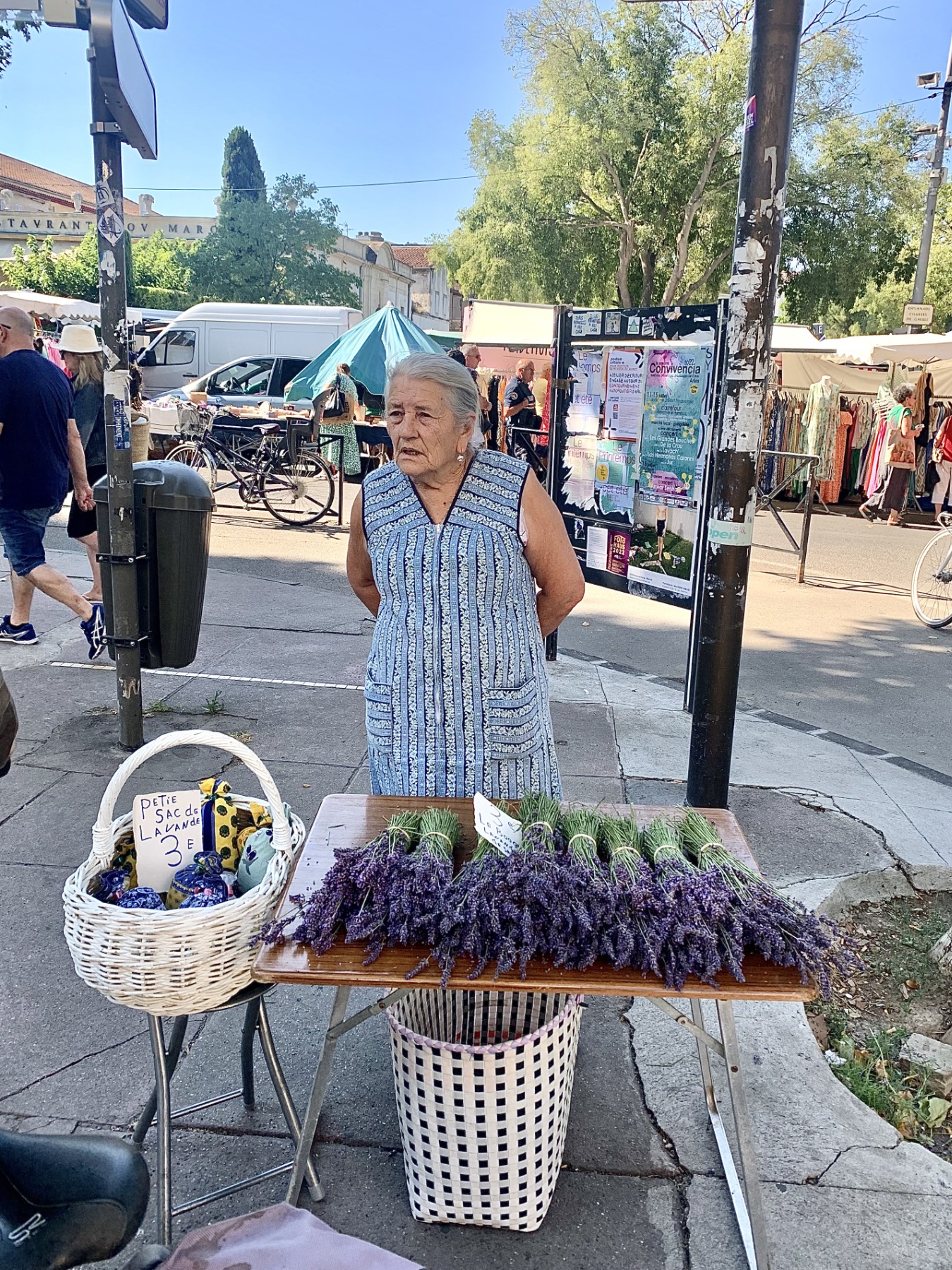
Arles streets
Arlesienne girls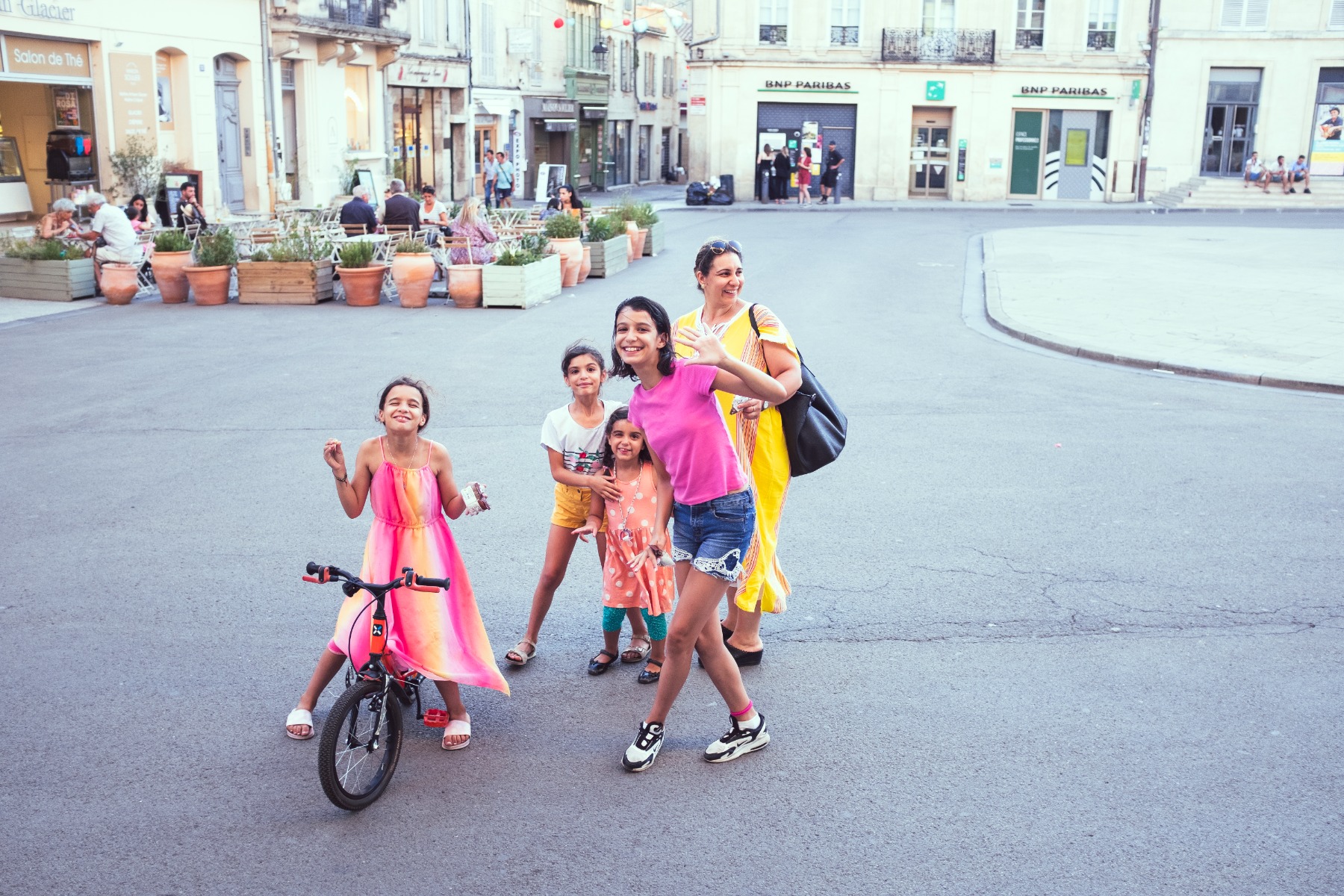
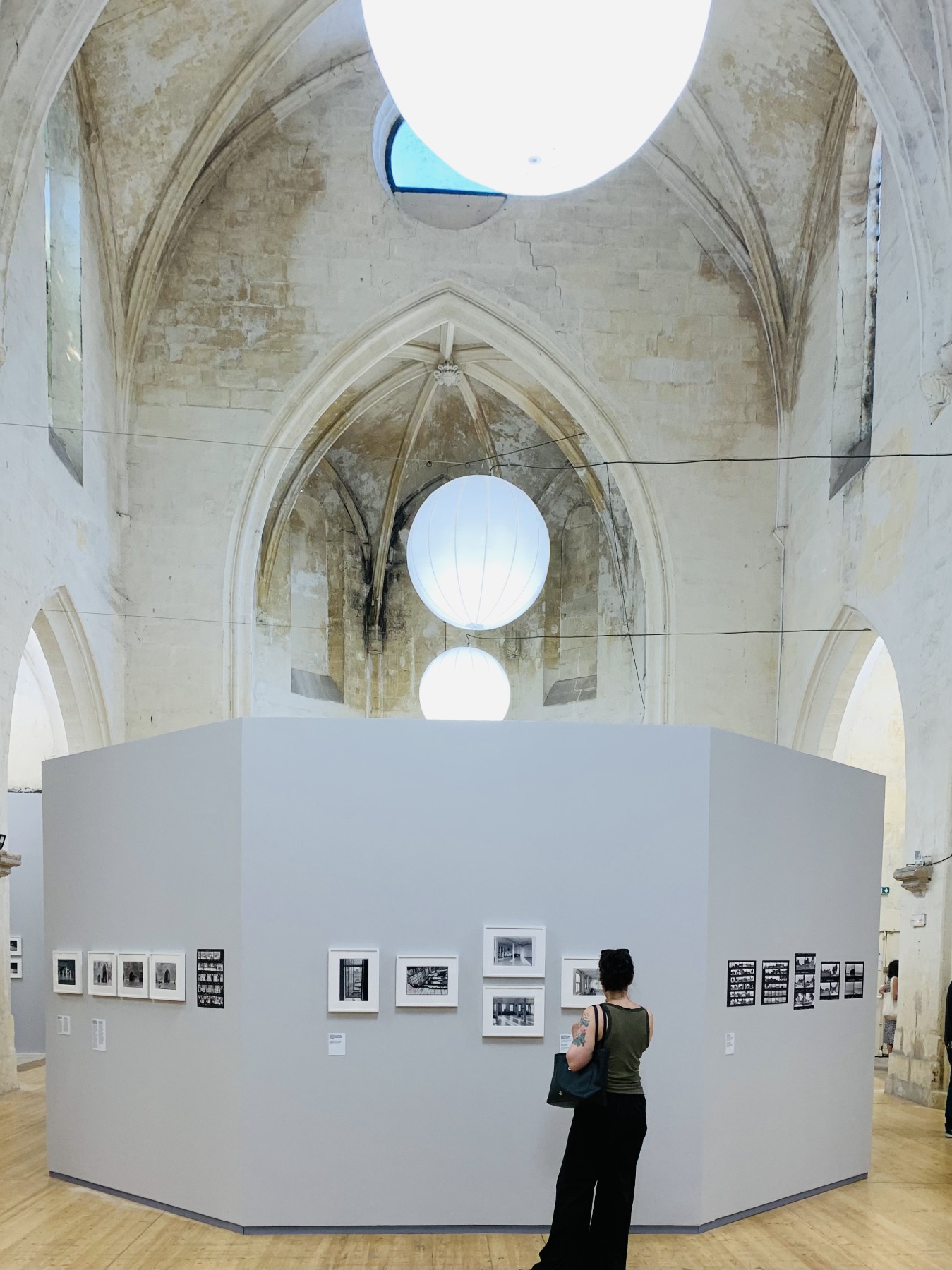
Claudio Argentiero gallery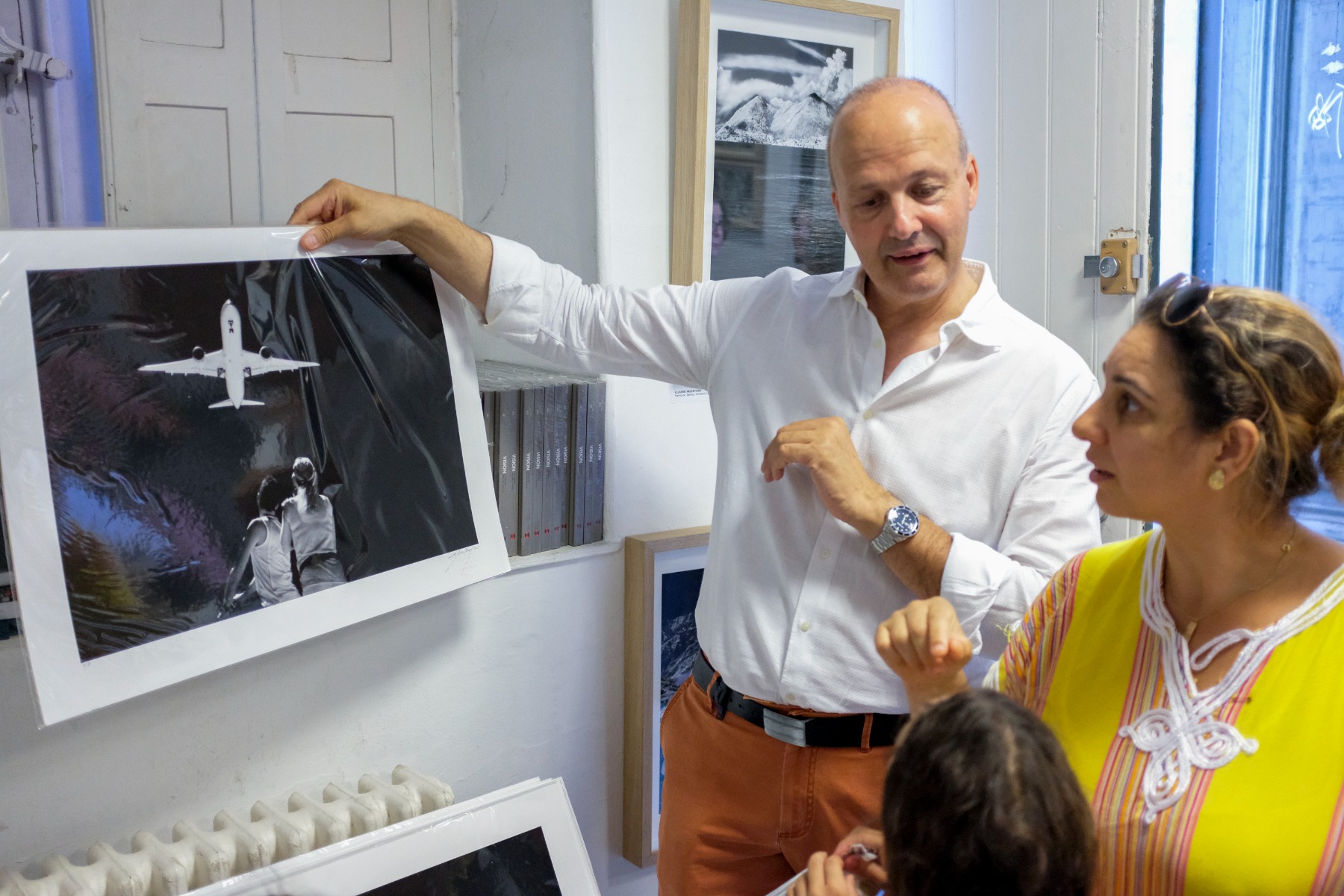
Dancing night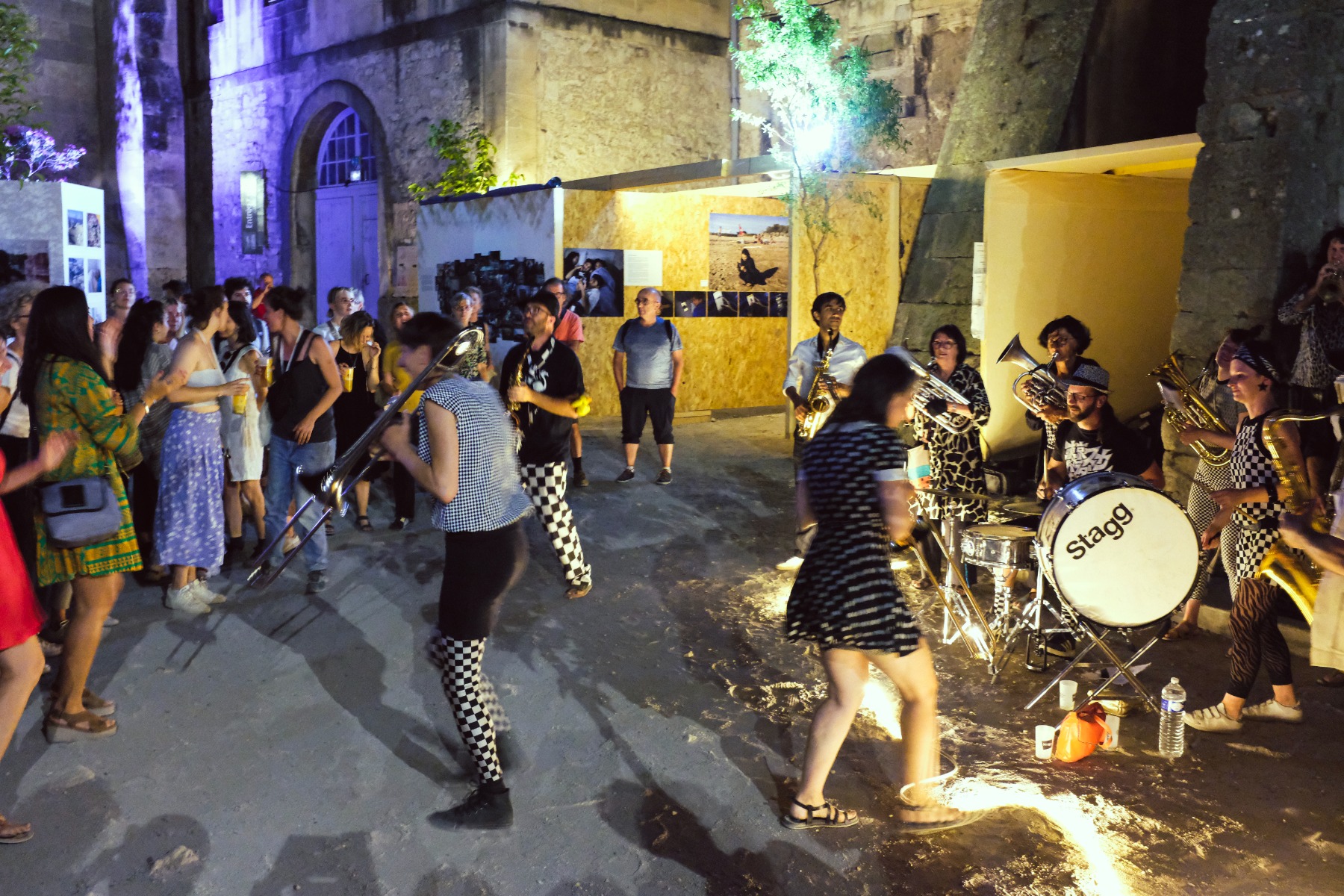
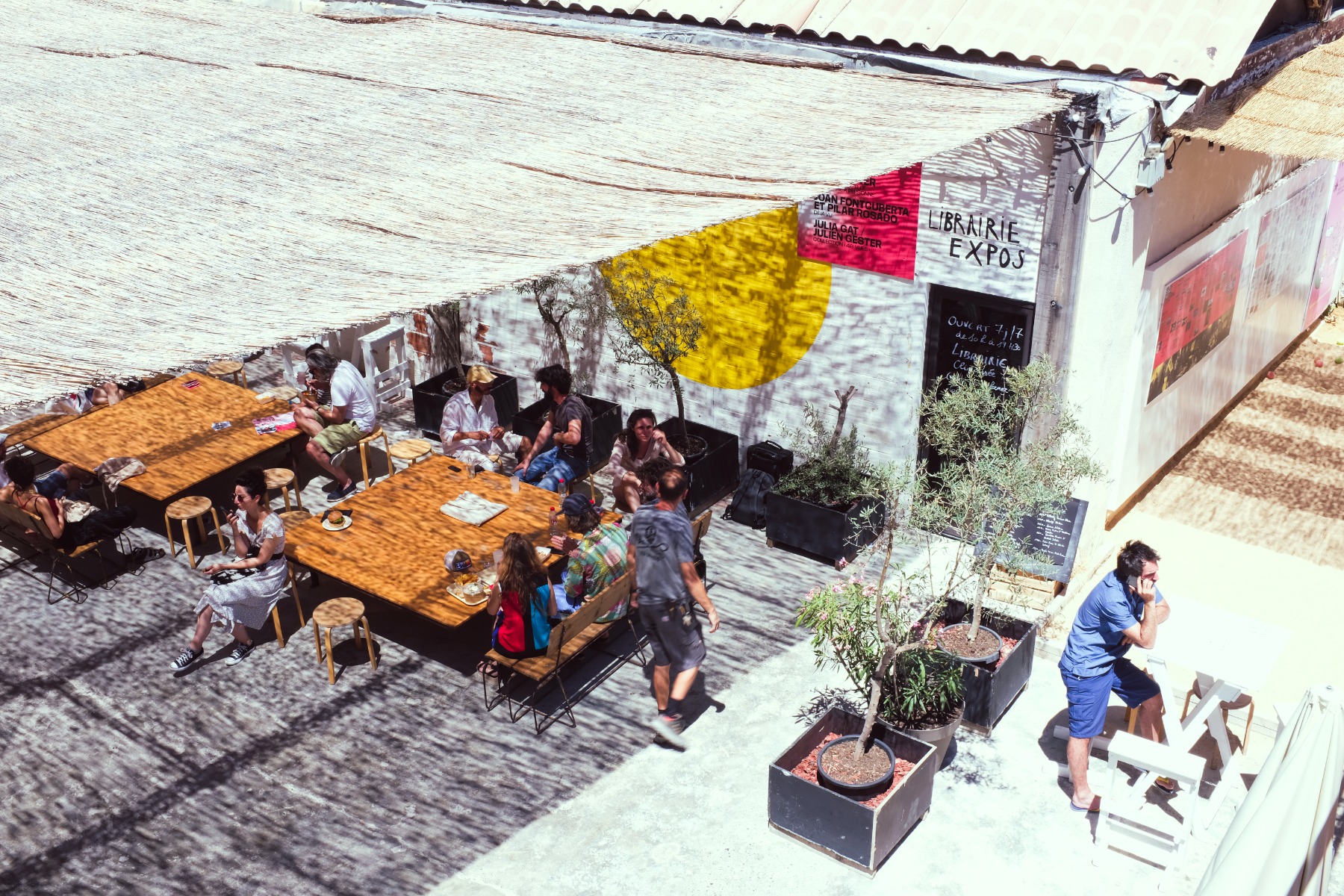
LUMA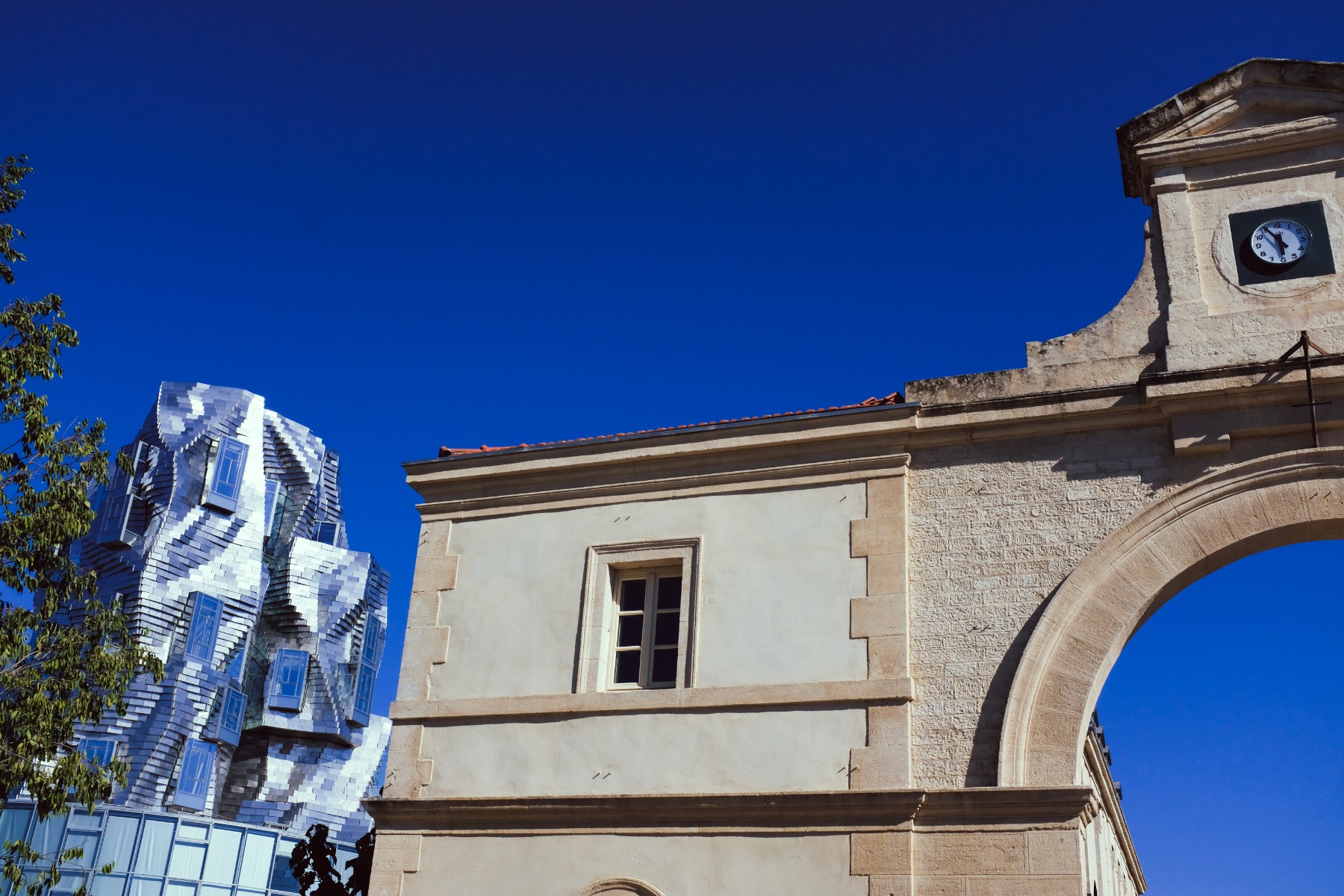
James Barnor exhibition at LUMA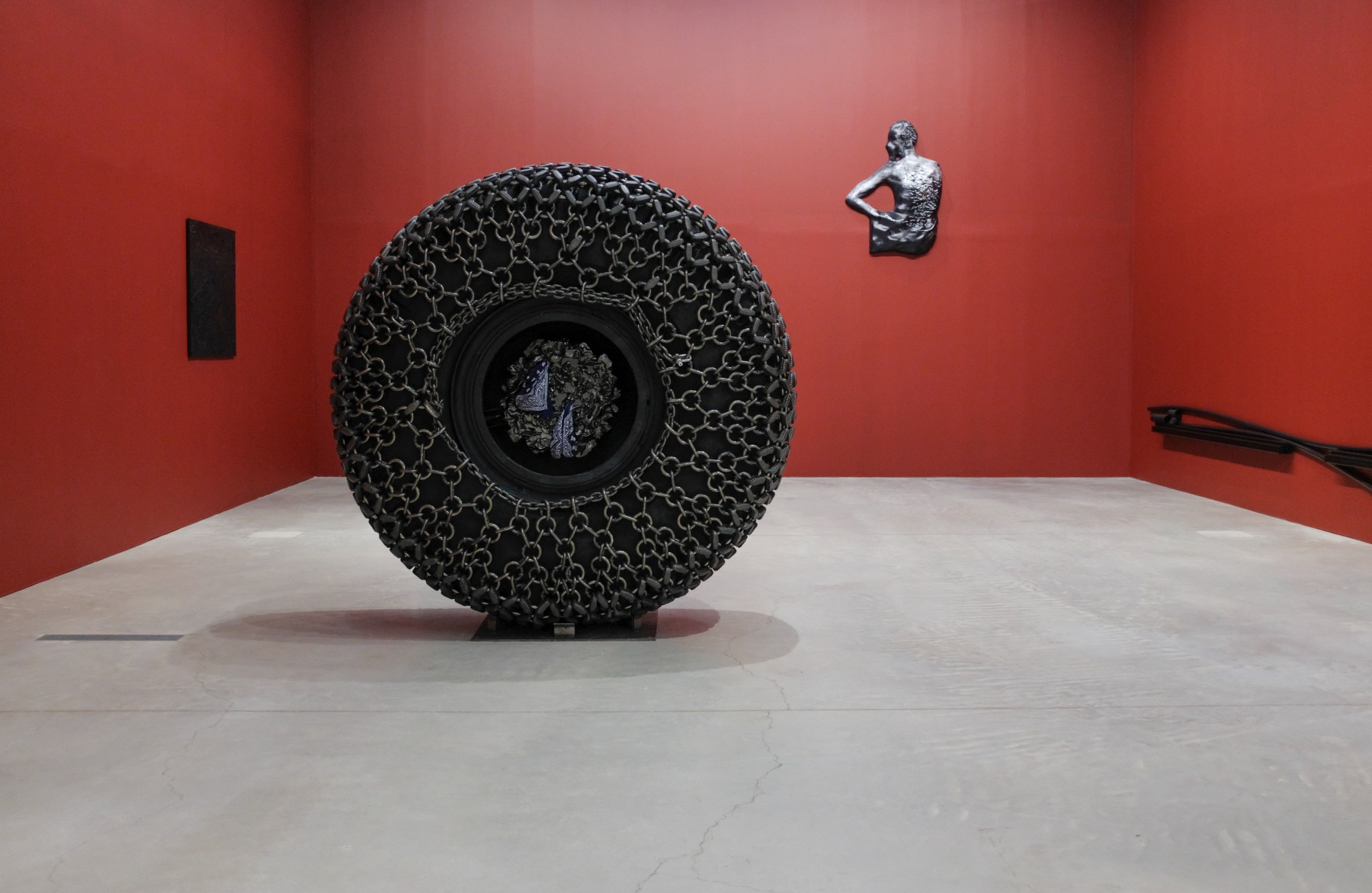
View from LUMA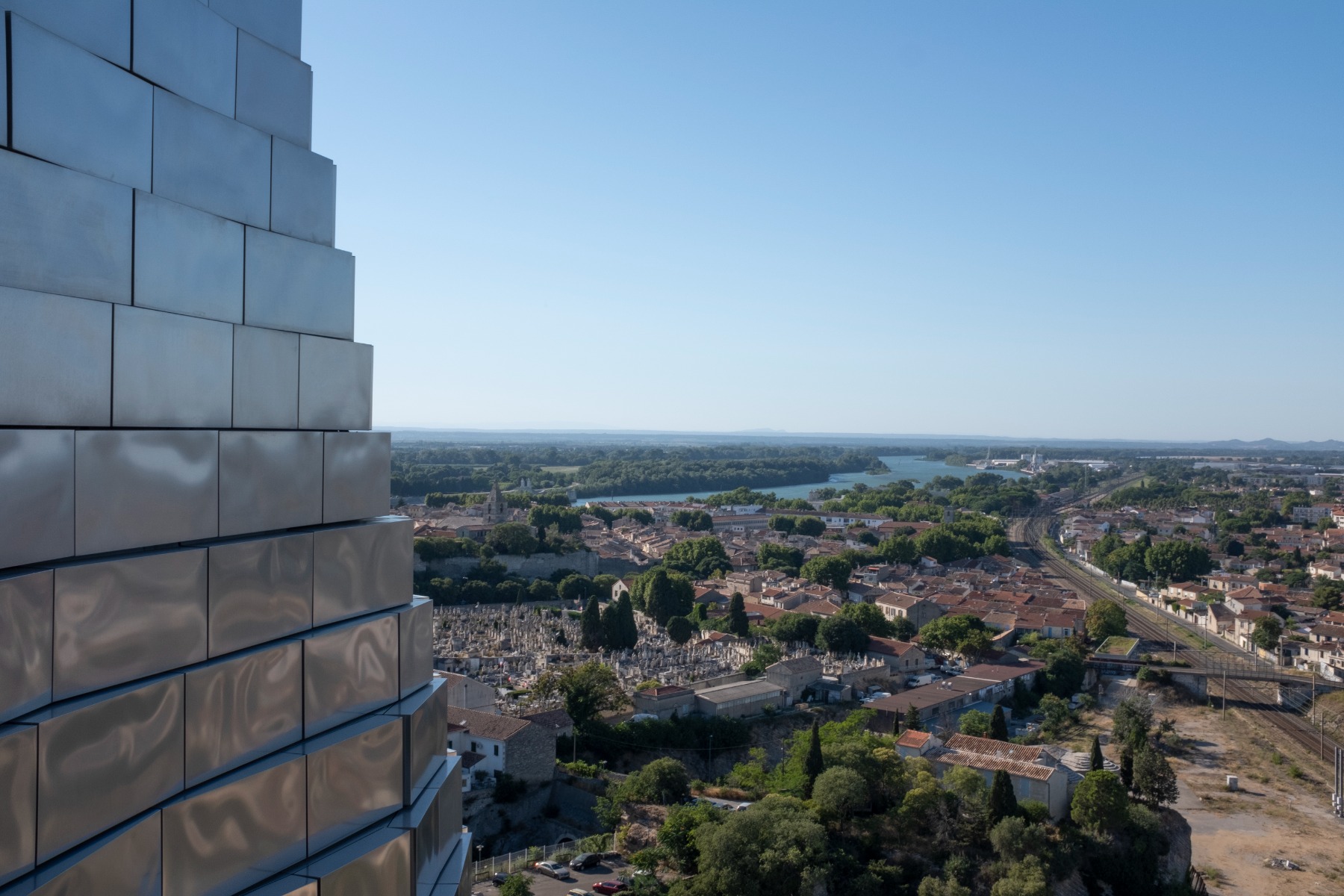
At the Van Gogh museum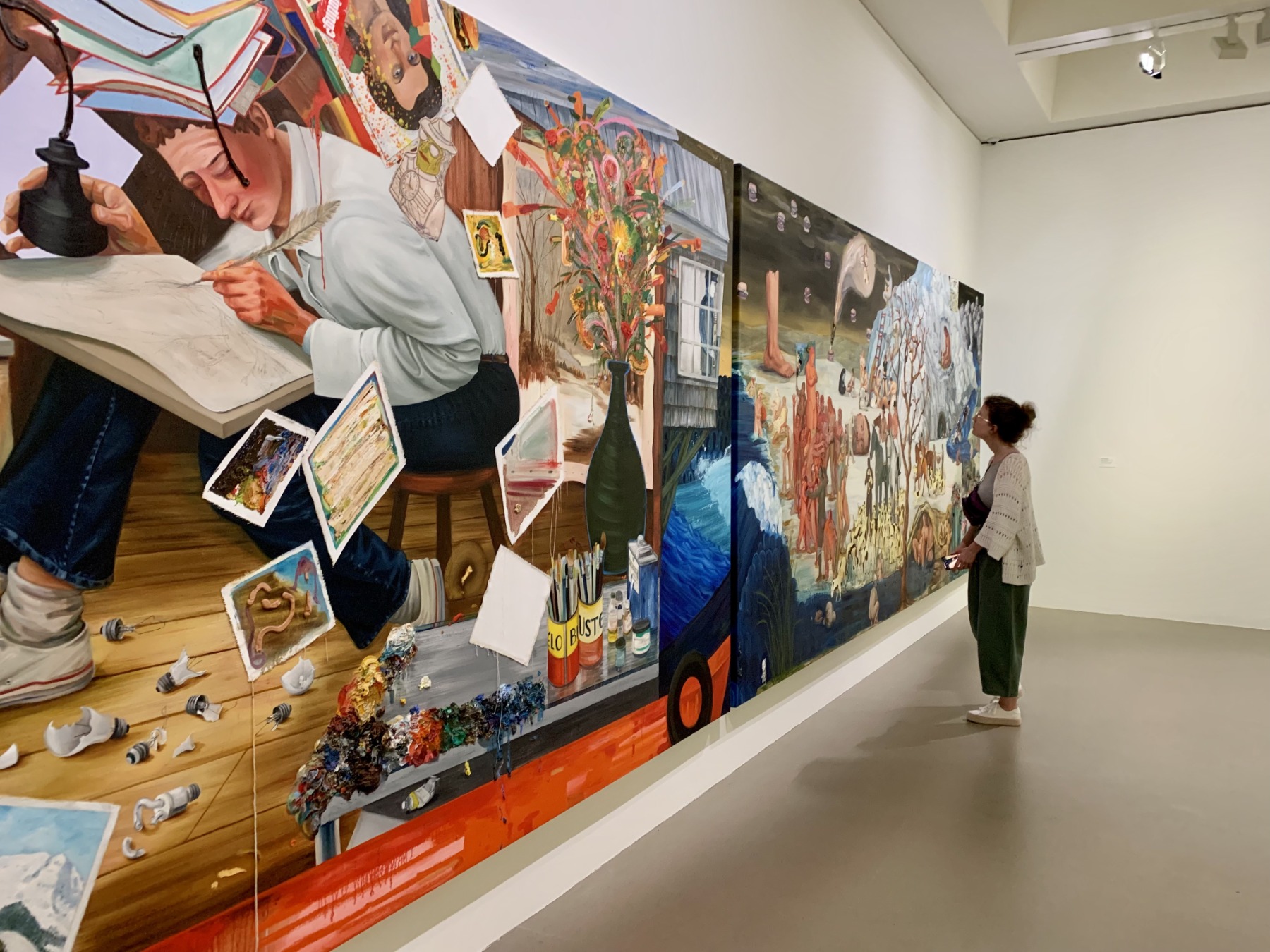
You can visit all of the above and much more at Arles until September 25, 2022!
After visiting the beauties of this festival and having said goodbye to Luma Arles arts campus’ amazing The Tower and the surrounding fields of lavender, we can now get in our car or train and follow the “wind of photography” blowing us towards Cortona!
This is the twelfth edition of the international photography festival Cortona On The Move and it will be open till October 2, 2022.
Like every year, dozens of exhibitions have been put on display in the town's historic centre, the Medici Fortress of Girifalco, and the new “Station C” location near the Camucia-Cortona Station.
Photography is now more present than ever, having been raised to the status of a universal language that is pervasively produced, shared and consumed. Through its exhibitions, the festival reflects on authorship, point of view and legitimacy, as well as on how subject and object intersect, dialogue, and end up coexisting. Observing these dynamics, it investigates photography as a means of expression and sharing. It is, in the words of one of the festival’s two new artistic co-directors, Paolo Woods, "searching for its soul without escaping debate, but always aspiring to the poetic. Exploring the extreme limits of the medium like daring astronauts and investigating buried histories like meticulous archaeologists".
Veronica Nicolardi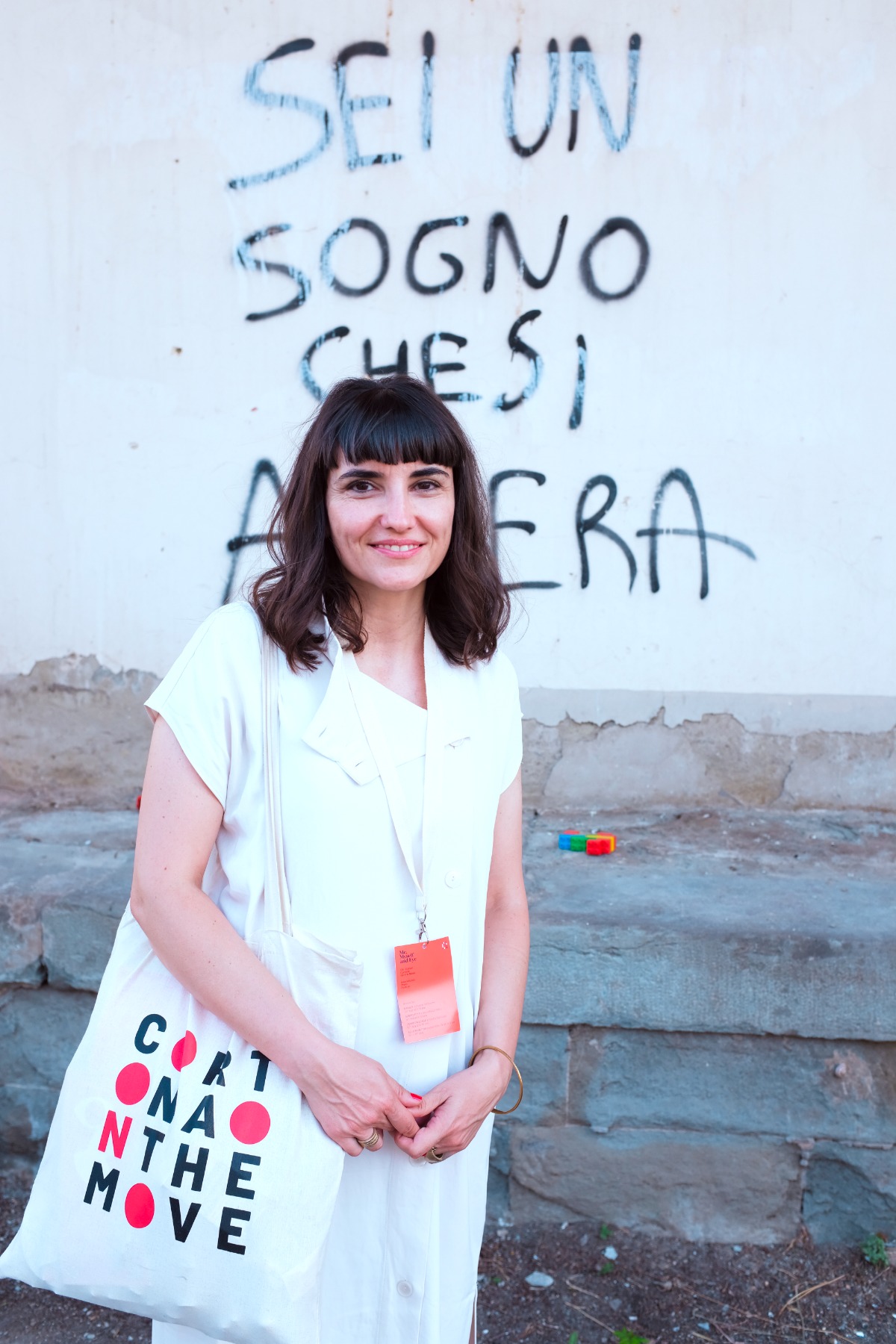
During its 2022 edition, Cortona On The Move continues its research in the field of documentary photography with a focus on the incessant evolution of visual language. “By extending international collaborations and presenting original and unpublished productions, the festival aims to become a protagonist of photographic production on an international level,” says Veronica Nicolardi, the other co-director of the festival. The festival also hopes “to make its research into the language of photography accessible and comprehensible to the general public, thus making it a catalyst for exchange and cultural growth,” she adds.
What exactly happens when we photograph? Is photography a weapon or an illuminating beacon? Who has the right to photograph what? Is the consent of the subject being photographed compulsory? Are we still photographing windows, or are we just lost in a giant hall of mirrors, looking at ourselves endlessly? These are questions that have been debated for decades and are intrinsic to the nature of the medium. However, they have recently re-emerged with new vigor driven by the identity battle that has engulfed us – the realization that there is an urgent need to reconsider how ethnicity, gender and class are represented is disrupting old unwritten rules and writing new ones. This process of investigation can be found in all the works exhibited in Cortona.
The real magic of the Cortona On the Move festival is the high quality of exhibitions and the amazing feat of installing it inside the historical frame of the mediaeval village.
This and much more deserve a visit to Cortona. The poetry of the project-in-progress of Lucas Foglia, Constant Bloom, tells how the Painted Lady butterfly travels the longest distance ever recorded for a butterfly migration. Each year they fly between Africa, the Middle East and Europe, until their wings either tear or fade. In Constant Bloom, Lucas Foglia photographs the migrating butterflies and what they see on their journey. In his photographs, these butterflies link diverse people in diverse places. They are a metaphor for the interconnected world and our responsibility to care for it.
Then there’s Alexander Chekmenev’s project Passport, in which he tells us how in 1994, after the collapse of the Soviet Union, all citizens of Ukraine were given one year to change their old Soviet passports to new Ukrainian ones. Chekmenev, having accepted a job offer to take photos for new documents of lonely and sick people who could not walk on their own, realized that their houses were in horrible conditions. Through his project, the Ukrainian artist aims to show us what lies beyond the white background of a passport photo – the true reality, without any concealing retouching or censorship.
It’s also worth mentioning the amazing work of Italian photographer Martina Bacigalupo and her project titled Gulu Real Art Studio. In 2011, during her NGO work in Northern Uganda in a photo studio in the town of Gulu, Martina noticed a 10x15 cm color portrait photo with a square hole instead of a head. When she met Obal, the owner of the oldest photographic studio in town, he explained to her that people did not have the money to buy all four images produced by a digital camera. Consequently, photographers used old rolls of film to take half-length portraits and then simply cut the head out for the required ID photo. The rest was usually thrown away. Bacigalupo asked Obal to save these leftover “portraits without a face” for her, eventually putting them together into a unified show.
The festival gives many different viewpoints on the artistic panorama, on gender, and on the many different ways we use photography. With the exhibition I do, curator Paolo Woods looks at wedding photography from a different angle – it is usually treated as the lowest caste in the photography world, deemed too commercial and not sufficiently artistic. Yet wedding photographers are the creators of a personal and collective memory that closely mirrors the society in which they operate. Their work is like a litmus test of a specific culture. Woods selected wedding photographers from four continents: Enoch Boateng and his brother Maxwell Aggrey are local stars in Ghana; Sam & Ekta are a couple in both life and business, operating a successful studio in Mumbai, India; Thomas Sauvin is a French artist at the helm of the “Beijing Silvermine” project; Oreste Pipolo was the master of the classical flashy Neapolitan wedding, an institution of the South of Italy, whose work is now carried on by his daughters Ivana and Miriam; Manal Alhumeed is a young photographer based in Riyadh; Valerie Baeriswyl is a wedding photographer working in both Switzerland and Haiti; Lindsay Ladd photographs gay and queer weddings in Philadelphia (USA); Juan de la Cruz Megías Mondéjar was a photographer active in the south of Spain in the 80s and 90s; and Massimo Stefanutti has amassed a collection of wedding albums and is for the first time showing a selection of some of his favorites.
The above are just some of the many exhibitions currently on view in Cortona.
The beauty of the location as well as the high quality of these fascinating exhibitions make for an experience that is sure to remain with you long after the winds of summer 2022 have blown by!
Enjoy!
On the way to Cortona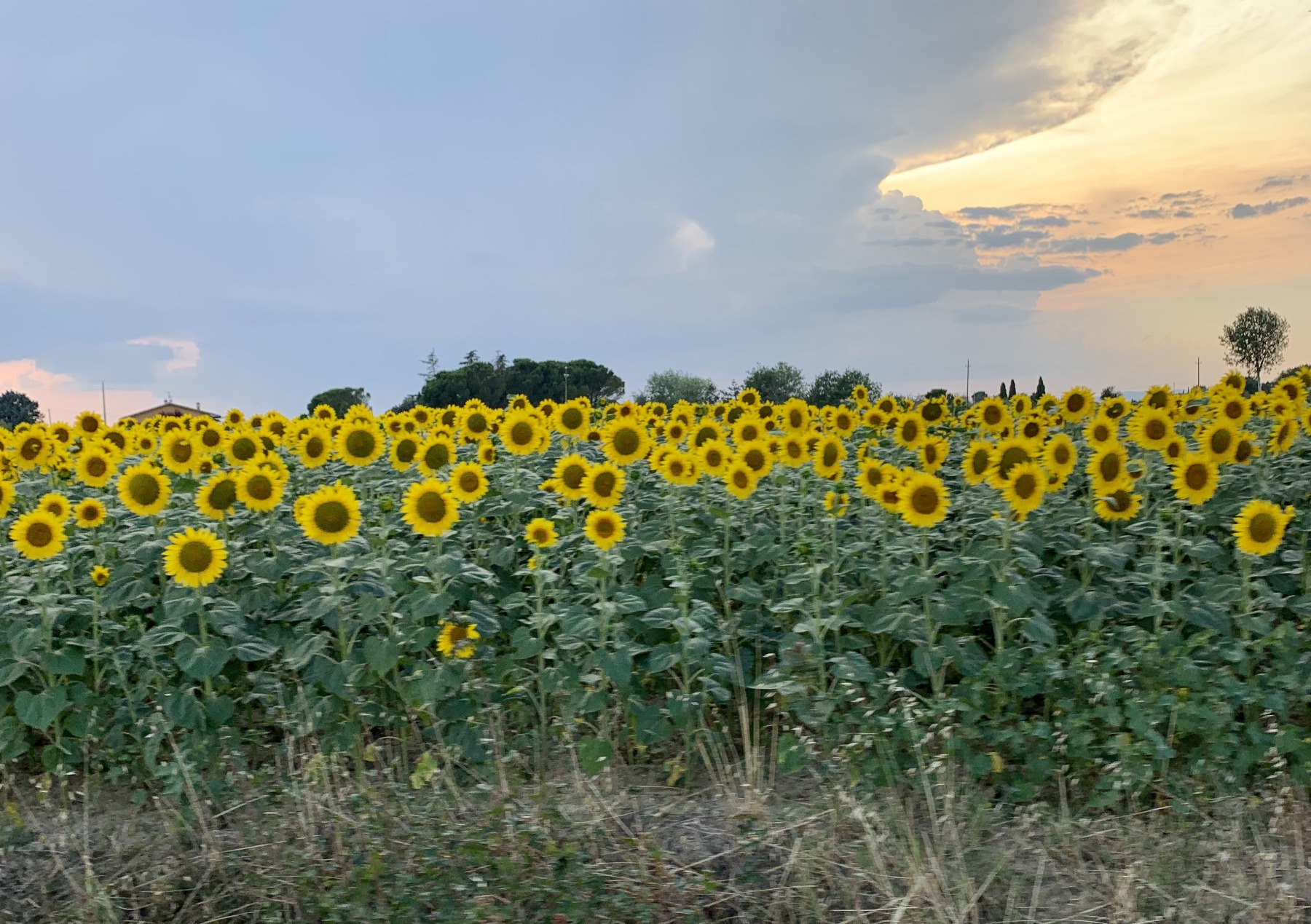
Fortezza del Girifalco in Cortona